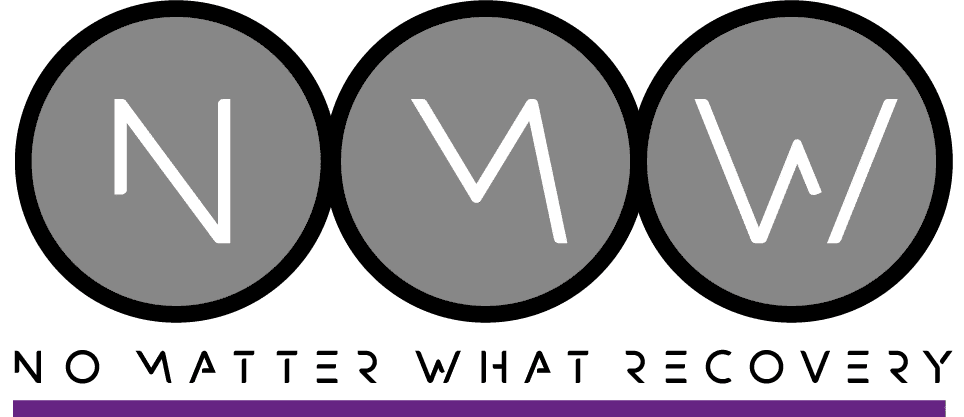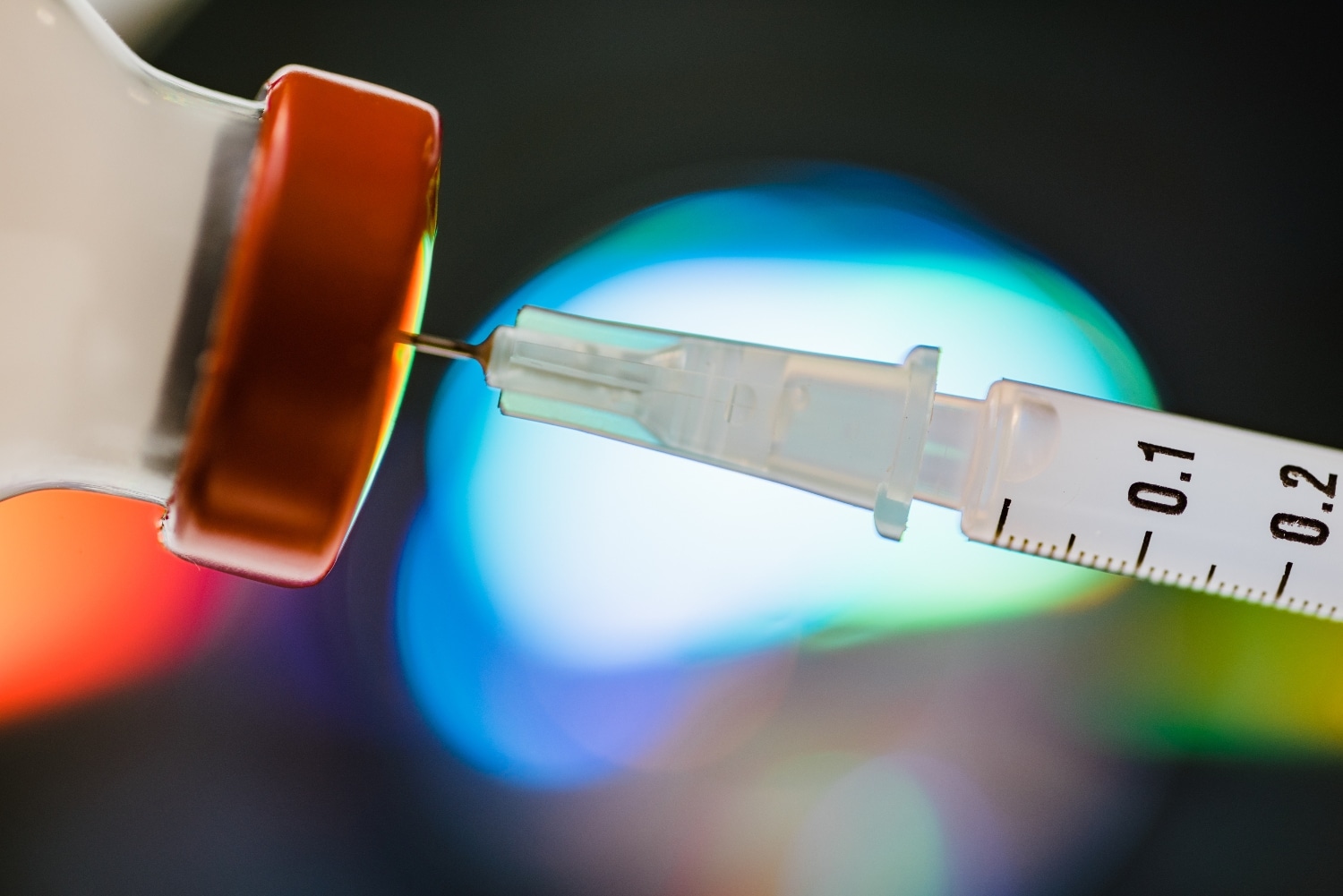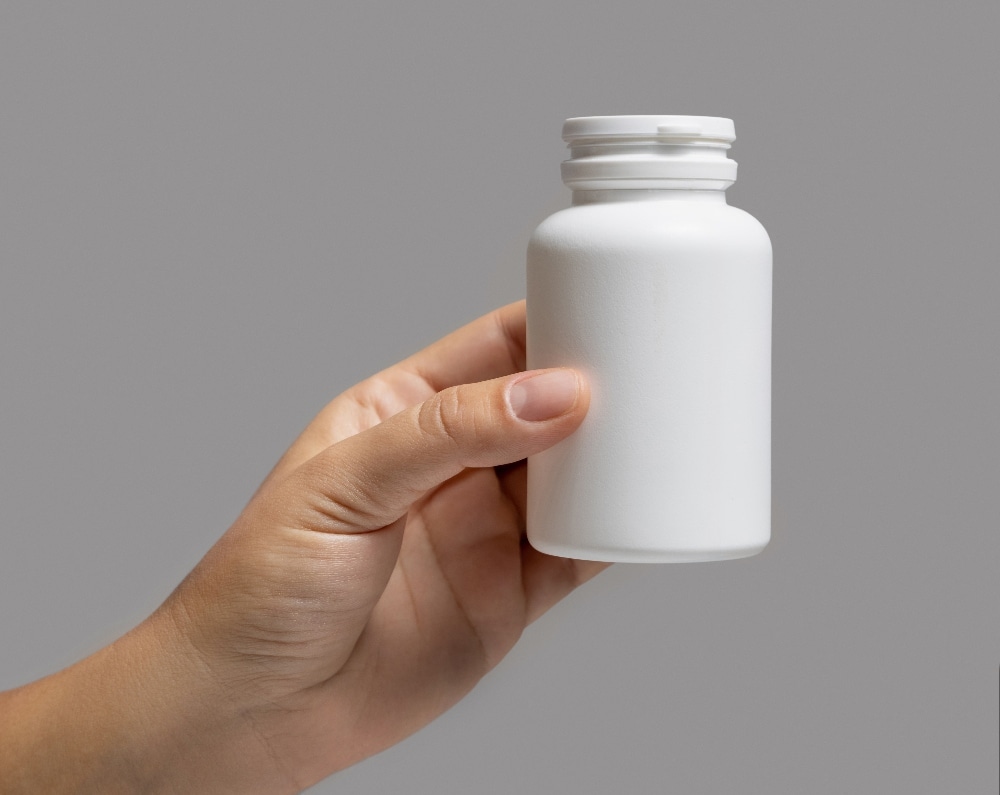According to the National Survey on Drug Use and Health (NSDUH), over 14.7 million Americans have tried meth at least once. Meth is the common name for methamphetamine which is a highly addictive substance.
Meth is classified as a stimulant that affects the nervous system and can be harmful to those who use it. Meth increases and rapidly releases the neurotransmitter dopamine in the brain which can reinforce the use of this drug and cause addiction.
Meth Comedown Symptoms
Meth comedown symptoms can often contribute to why individuals continue to use and abuse this substance. Whether you have been using meth for a long time, or it is your first time you can experience the symptoms of withdrawal.
With prolonged use, individuals may have to use more and more of the drug to feel the same effects which can cause the comedown process to increase in severity.
Commonly, a meth comedown can be associated with depressive and psychotic states in addition to these symptoms:
- Fatigue
- Agitation or irritation
- Anxiety
- Appetite changes
- Headaches
- Dehydration
- Muscle pain and spasms
- Intense cravings
How Long Does a Meth Comedown Last
How long an individual will experience the symptoms of a meth comedown or withdrawal is dependent on how long and how much methamphetamine the person has been using at the time of meth detox.
After meth is out of your system, the first 24 hours of withdrawal tend to be the most severe. You may experience additional comedown symptoms for a few weeks after the initial, intense withdrawal.
The severity of the meth comedown is also dependent on the person’s mental and physical health before and after meth use.
If you are abusing other substances this may cause your withdrawal length and symptoms to be longer and more severe. The strength and potency of the meth being used can increase the length and severity of withdrawal.
Meth Addiction Among the LGBTQ Community
Since the 1990s, meth abuse among the LGBTQ community has been a major health concern.
Crystal meth has become a popular drug among young LGBTQ people because they mistakenly believe it can enhance their experience and make them have more fun.
When an individual uses crystal meth, it acts as a stimulant releasing dopamine and norepinephrine. The user might feel a euphoric feeling accompanied by an increase of energy, suppressed appetite, and better sexual performance.
For this reason, teens in the LGBTQ community view crystal meth as a “party drug”. However, crystal meth is more dangerous than it might appear at first glance.
Unfortunately, meth poses an immense health risk, especially for teens. Studies show that a developing brain is more vulnerable to abuse than an adult’s brain.
At such a young age, it can significantly increase the risk of a young person developing an addiction. Crystal meth leads to a number of health risks so getting treatment is as important as ever.
Treatment for Meth Withdrawal
Currently, there is no medication therapy established for the substance abuse treatment of meth withdrawal symptoms. The FDA has not approved any medication for the struggles associated with a meth comedown.
However, detox centers may prescribe medications to help support the individual when symptoms arise alongside therapy.
To help with the symptoms associated with the comedown of methamphetamine abuse you may consider:
- Staying hydrated – increase water and fluid consumption to avoid dehydration to help fight the weakness and fatigue associated with coming down off of meth.
- Getting plenty of sleep – Sufficient sleep can help relieve symptoms that occur during a meth comedown. One of the effects produced by meth use is the ability to stay up for extended periods of time, so letting your body rest can help your overstimulated mind and body.
- Taking over-the-counter pain medication – If you experience muscle aches or spasms during the withdrawal process, taking these medications may help lessen the pain.
- Eating nutritious foods – The nutrients from food can be necessary for your health and help speed up the withdrawal process of methamphetamine use and abuse.
Long-Term Addiction Treatment Programs for Meth Addiction in Los Angeles
Meth addiction can be complex and not only affect a person physically but also psychologically and behaviorally. Meth use and abuse can change the brain’s chemistry and function which can have negative effects on a person’s wellbeing. Finding addiction treatment services for meth can be difficult without treatment.
At No Matter What Recovery, we offer a variety of therapeutic and holistic modalities to assist in people finding recovery from their drug addiction. Some of the evidence-based therapies we provide are Cognitive Behavioral Therapy (CBT), Dialectical Behavior Therapy (DBT), and Eye Movement Desensitization and Reprocessing (EMDR).
If you or a loved one is struggling with a methamphetamine addiction, contact us today to ask any questions you may have and learn more about our outpatient rehab.






